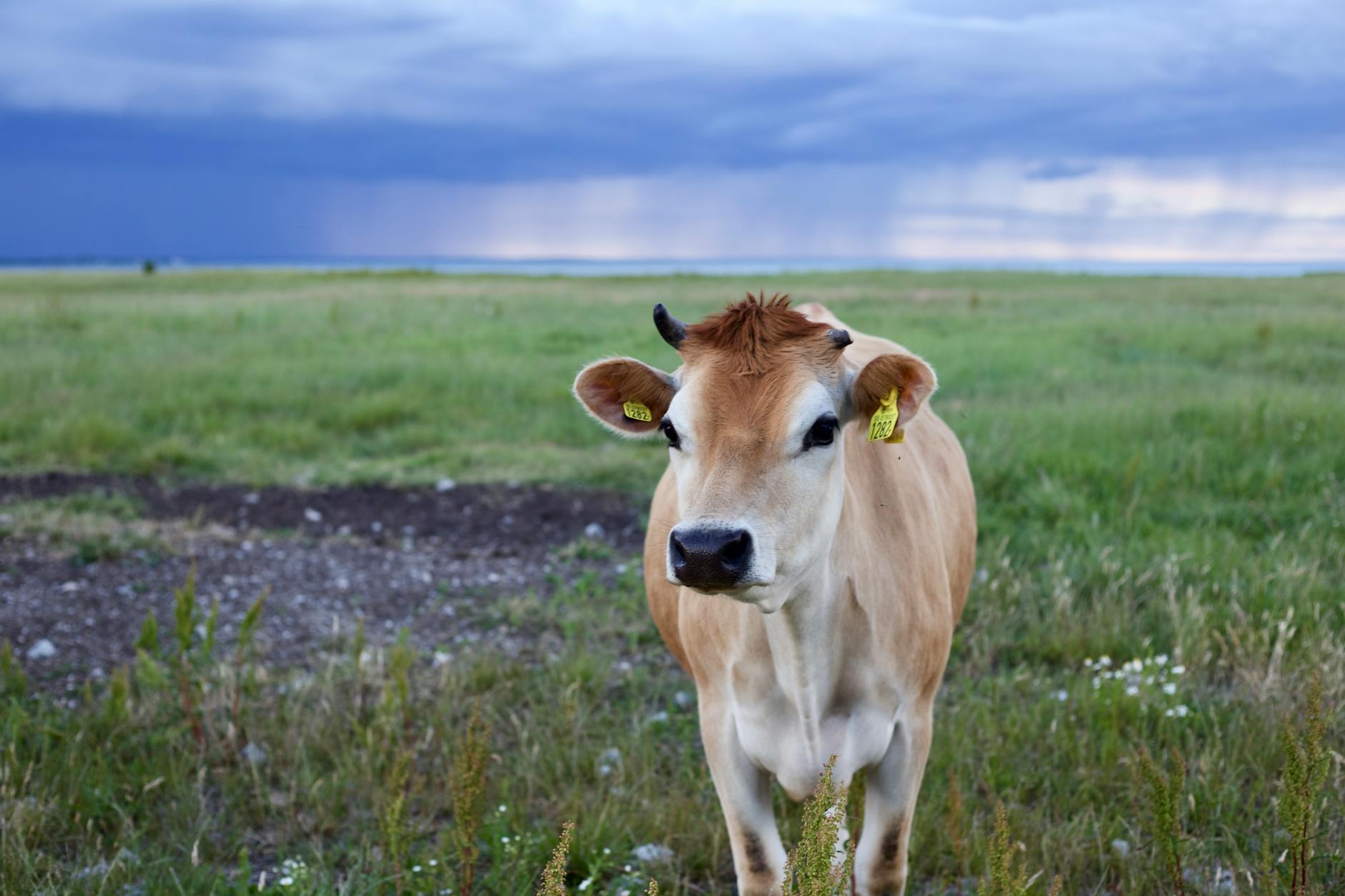Amanda Warr from The Roslin Institute in the UK presented at London Calling 2019, “Going full circle: assembly of high-quality, single-contig microbial genomes from the rumen microbiome using long-read sequencing.” I had not watched this session before! They spoke about the rumen: a specialized stomach with a complex microbial environment. They are interested in the connections between microbiome, methane production, and feed. Warr asked: what is in the rumen, and how can it be improved? Classification of rumen microbiome reads is challenging. Databases, Warr explained, underrepresent rumen microbes. Warr and team used the MinION to sequence beef and dairy cow rumens. They assembled with Canu and used Nanopolish. Canu helped generate over thirty circular contigs. The largest contig was Prevotella copri with a 3.8 Mb genome and CheckM with 98.48% complete score. They also assembled Selenomonas sp., the first assembly from this species. Comparing Nanopore and Illumina, Nanopore identified several complete 16S and antimicrobial resistance genes. Warr noted that they also found polysaccharide utilization genes. Warr and team continued sequencing cow rumen samples obtaining very different microbial profiles for dairy and beef cows. Prevotella seems to be prevalent and causes some issues with the assembly. Warr concluded that the assembly quality is affected by what is in there.



